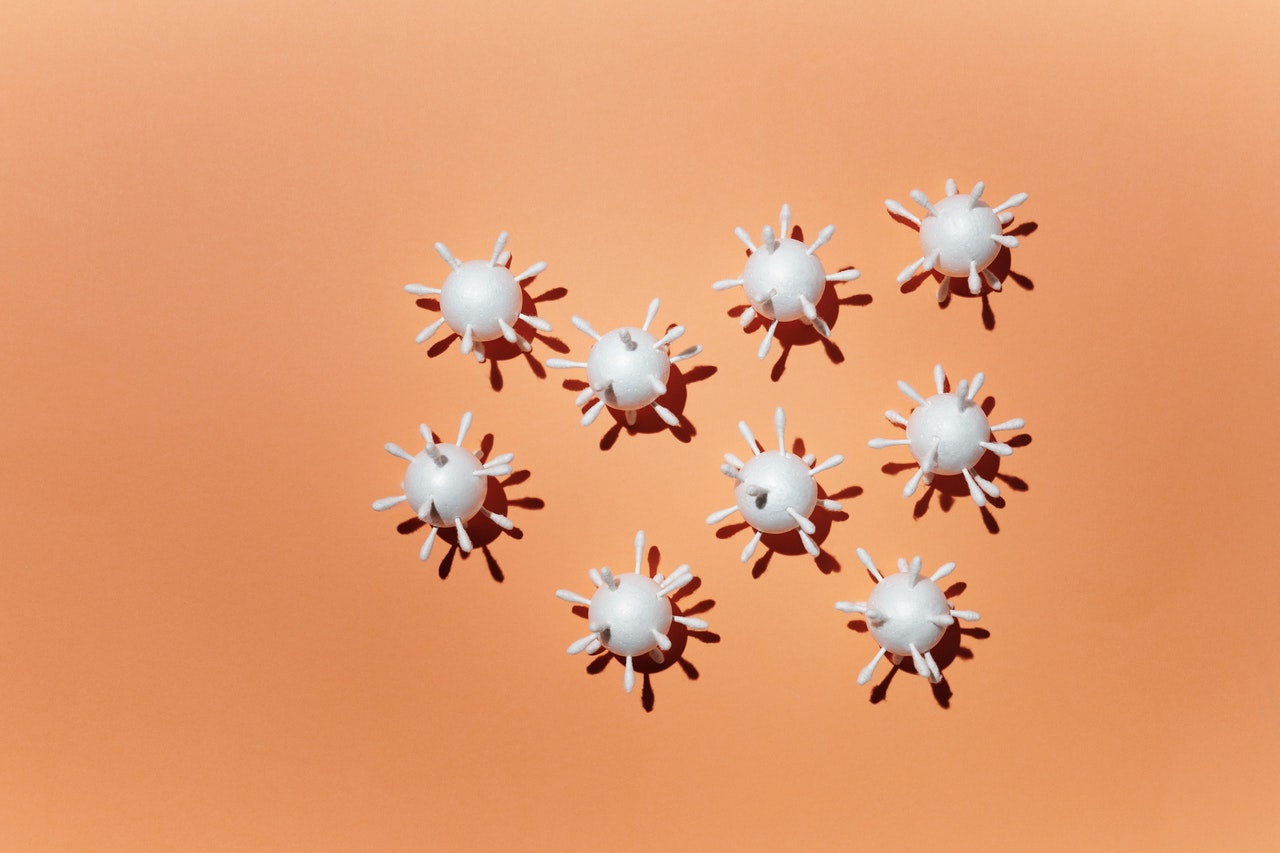A team of stem cell scientists from Cedars-Sinai Medical Center in Los Angeles recently made two discoveries that could have major implications for cancer treatment. Researchers in the first study made a discovery that could drastically improve the efficiency of cancer treatment. The second study revealed a possible treatment method that could reduce recovery times for patients who undergo chemotherapy and radiation.
Here’s what you need to know:
How Stem Cell Transplants Are Used in Cancer Treatment
Stem cell transplants, also known as bone marrow transplants, are used as a form of treatment for certain kinds of cancer. All of the body’s blood cells begin as hematopoietic (blood-forming) stem cells. These young cells have not yet developed completely and can mature into any type of blood cell. The body will determine how the hematopoietic stem cells develop based on what the body needs when each cell is developing.
Most stem cells are concentrated in the bone marrow, where they divide to create new blood cells. Matured blood cells then leave the bone marrow and travel to the bloodstream. However, a small number of immature blood cells also enter the bloodstream, which are known as peripheral blood stem cells.
Stem cell transplants are used in cancer treatment as a way to replace bone marrow cells that have been destroyed by the cancer itself, chemotherapy, or radiation. The transplant is intended to destroy the cancer cells, damaged cells, and other non-healthy cells and replace them with healthy stem cells. While there are several different types of stem cell transplants, all of them kill cancer cells with very high doses of chemotherapy.
While these procedures often use the patient’s own cells, stem cell transplants can also use stem cells from another individual. These donated cells can sometimes kill cancer cells more effectively than using the patient’s own cells, as well as save bone marrow and induce normal blood cells to develop from stem cells.
Blood Stem Cell Protein Could Transform Cancer Treatment
Researchers from the first study, published in the journal Blood, discovered a protein expressed by blood stem cells, which could have uses in treatments for certain blood cancers.
Patients with leukemia and lymphoma often receive blood stem cell transplants as a form of treatment. The transplants are designed to introduce hematopoietic stem cells into the patient’s bloodstream. However, these cells only account for less than 0.01 percent of the cells in the bone marrow and peripheral blood cells.
So, when patients receive transfusions of bone marrow and peripheral cells, only a tiny portion of the transfusion includes therapeutic stem cells. The majority of cells have no benefit for the patient. Scientists have studied these blood stem cells because they are responsible for producing all of the body’s blood cells and immune cells.
In this recent study, researchers under the guidance of study leader Christina M. Termini, PhD, extracted bone marrow cells from adult mice. The samples were then run through a device capable of identifying hundreds of different types of cells by detecting specific proteins that live on the surfaces of the cells. During this process, researchers discovered that the surfaces of hematopoietic stem cells have high levels of a protein syndecan-2.
Researchers determined that syndecan-2 is an important part of the reproduction process of hematopoietic cells. The investigators transplanted stem cells that expressed syndecan-2 into the mice after irradiation and the cells repopulated. However, when stem cells that lacked this protein were transplanted, the cell replication stopped. The researchers believe that transplanting only the cells expressing syndecan-2 could make blood stem cell transplants less toxic and more efficient for patients by maximizing the transfer of useful hematopoietic cells and reducing the waste of other cells.
Discovery of Mechanism Could Control Blood Vessel Regeneration
In the second study, published in a journal called Nature Communications, the same researchers may have discovered a mechanism that could control the way blood cells regenerate after an injury.
Chemotherapy and radiation patients often see their blood cell counts drop drastically after these treatments. Normally, it takes several weeks for blood counts to climb back to normal levels.
Researchers observed mice that received radiation treatment and discovered that cells from the inner walls of the bone marrow blood vessels produced a protein known as semaphorin 3A. This protein communicates with another protein called neuropilin 1 to destroy damaged blood vessels from the bone marrow.
The investigators then prevented the blood vessel cells from producing neuropilin 1 or semaphorin 3A by injecting an antibody that blocks communication between the two proteins. This resulted in the bone marrow vasculature regenerating after irradiation. Additionally, the blood counts showed a major increase one week later.
The study’s authors believe this discovery could have major implications for the recovery times of chemotherapy and irradiation patients. By inhibiting the mechanism, blood vessels and blood cells in bone marrow could recover much more rapidly after chemotherapy or radiation. While current recovery times usually range between three and four weeks, this technique could potentially reduce recovery times to between one and two weeks.

